7 Anti-Aging Foods to Add to Your Diet

The food we eat affects not only our insides, in terms of cellular aging, but the outside too—some foods and ingredients can make a huge impact on appearance. "Be sure to consider how diet could be affecting the signs of aging," Subhas Gupta, MD, tells Loma Linda University Health. "It's clear that certain foods keep us healthier, and it's important to know what foods can help reduce the signs of aging and not only improve health but physical appearance as well."
Here are seven foods that help protect your body and promote anti-aging, inside and out.
Avocados
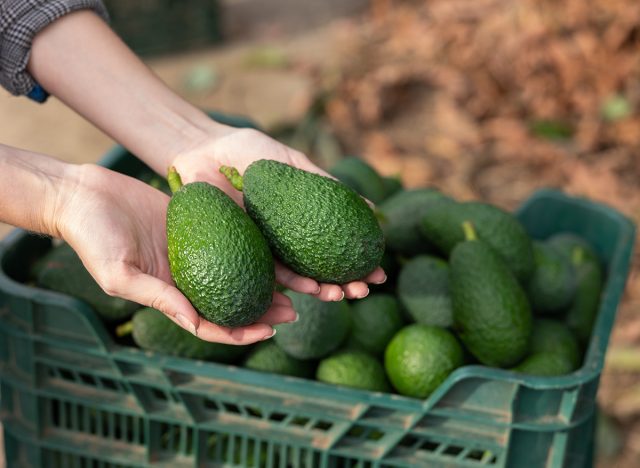
Studies show that eating avocados may positively impact skin appearance and elasticity. "The dietary quality of the foods you're getting your fats from really matters," Dr. Zhaoping Li, chief of the division of clinical nutrition at UCLA, told UCLA Health. "Natural food, particularly in place of processed food, is what we want to be eating to prevent disease, to keep ourselves in good health, and that includes keeping our skin healthy."
Dark Chocolate
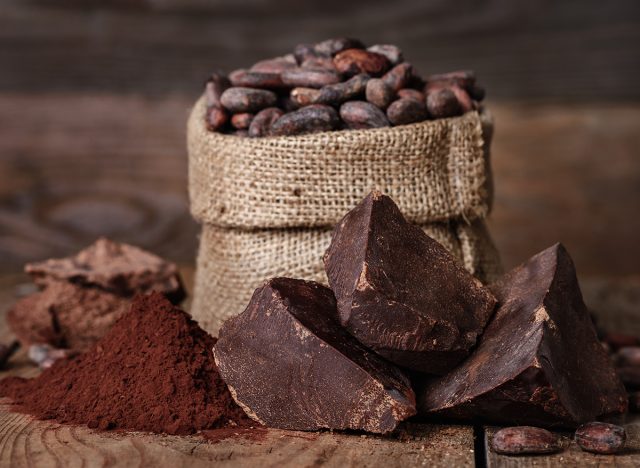
Dark chocolate contains flavanols shown to fight age-related cell damage and help improve blood flow. "Improved blood flow means protection from heart disease," dietitian Devon Peart, MHSc, BASc, RD, tells the Cleveland Clinic. "It's also good for cognition [understanding thought], because you're having more blood flow to the brain."
Blueberries
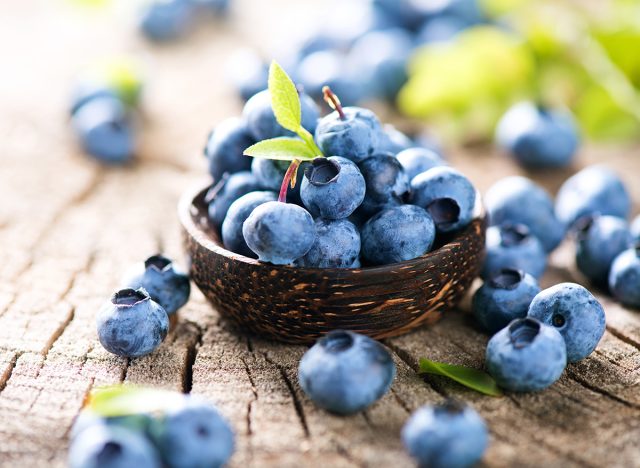
Blueberries are teeming with anthocyanins, a natural antioxidant with potent anti-aging qualities. "Beyond their tangy sweetness, blueberries offer a wealth of health benefits," dietitian Anya Miller tells the Mayo Clinic. "Blueberries, in particular, have about 25 different anthocyanins, whereas other berries might just have two or three."
RELATED: 7 Signs Your Body Needs More Magnesium
Oily Fish
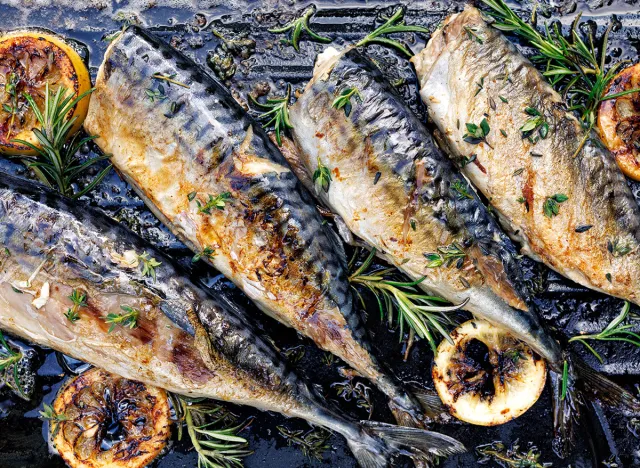
Oily fish such as salmon and sardines is one of the healthiest foods you can have thanks to the omega-3 acids." Omega-3 fatty acids are a type of unsaturated fatty acid," says the Mayo Clinic. "They may lower inflammation in the body. Inflammation in the body can hurt blood vessels. Blood vessel damage may lead to heart disease and stroke."
Turmeric
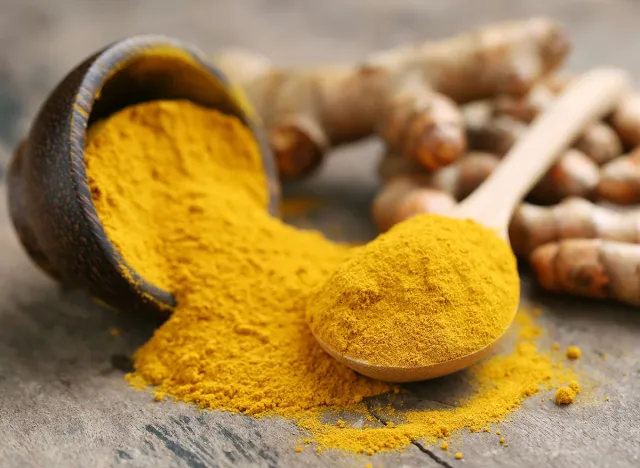
Curcumin, the active compound in turmeric, has serious anti-aging properties. "Curcumin has many biological activities, not all of which are understood," Mary-Eve Brown, R.D.N., C.S.O., L.D.N., tells Johns Hopkins Health. "Like other colorful plant-based foods, turmeric is rich in phytonutrients that may protect the body by neutralizing free radicals (pollution, sunlight) and shielding the cells from damage."
Green Tea

Green tea is full of anti-aging compounds such as polyphenols. "Polyphenols are the chemicals in the tea plant that protect it from disease and bacterial invasion," M. Elizabeth Swenor, D.O., tells Henry Ford Health. "When we drink the tea, those chemicals work the same way in us, feeding the healthy bacteria in our gut and starving the unhealthy bacteria that's associated with chronic diseases."
RELATED: 7 Facial Exercises to Erase Wrinkles After 50
Citrus Fruits
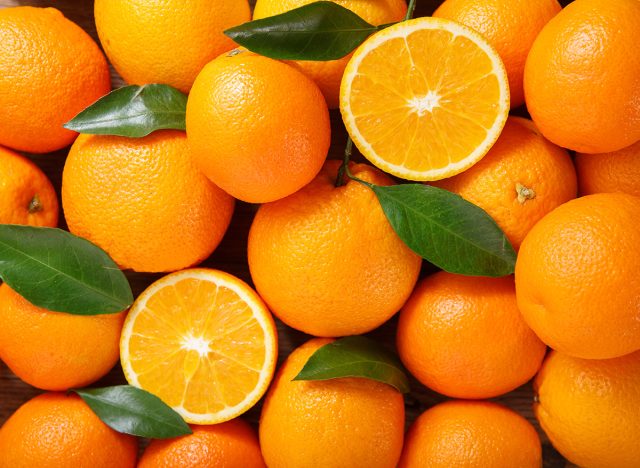
Citrus fruits are rich in vitamin C, which helps lower inflammation and promote a more youthful appearance. "Vitamin C plays an important role in supporting the immune system and also acts as an antioxidant that might help protect your cells against the effects of free radicals and fight inflammation," says registered dietitian Anna Nekrich for the University of Washington.
💪🔥Body Booster: An overall healthy lifestyle is the best anti-aging hack.




